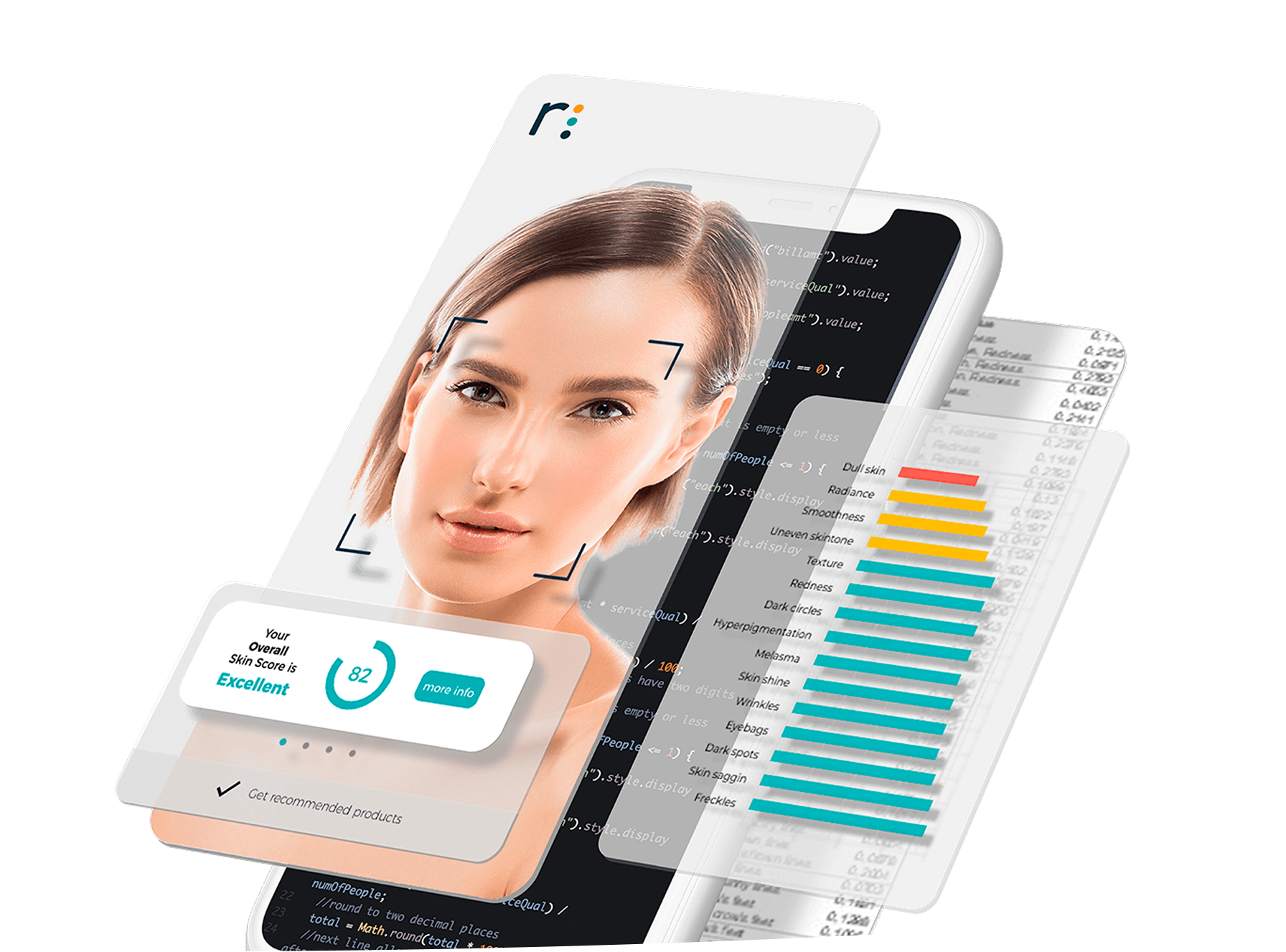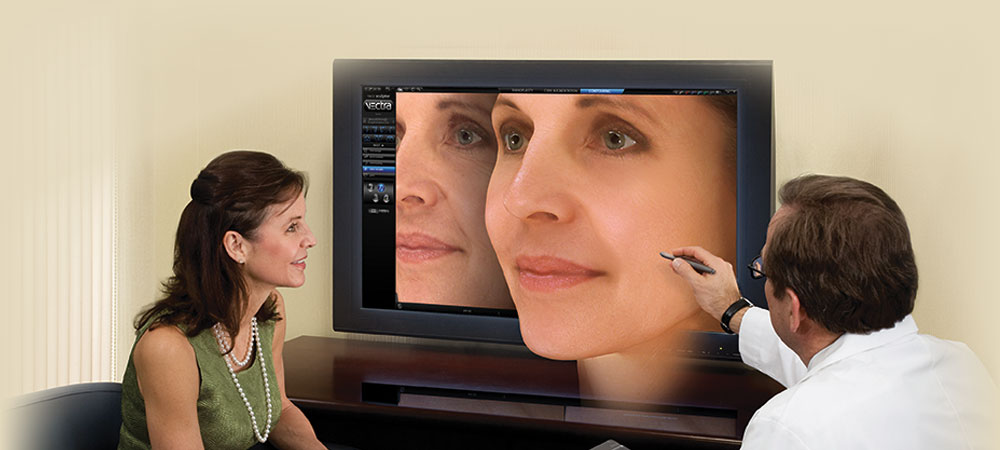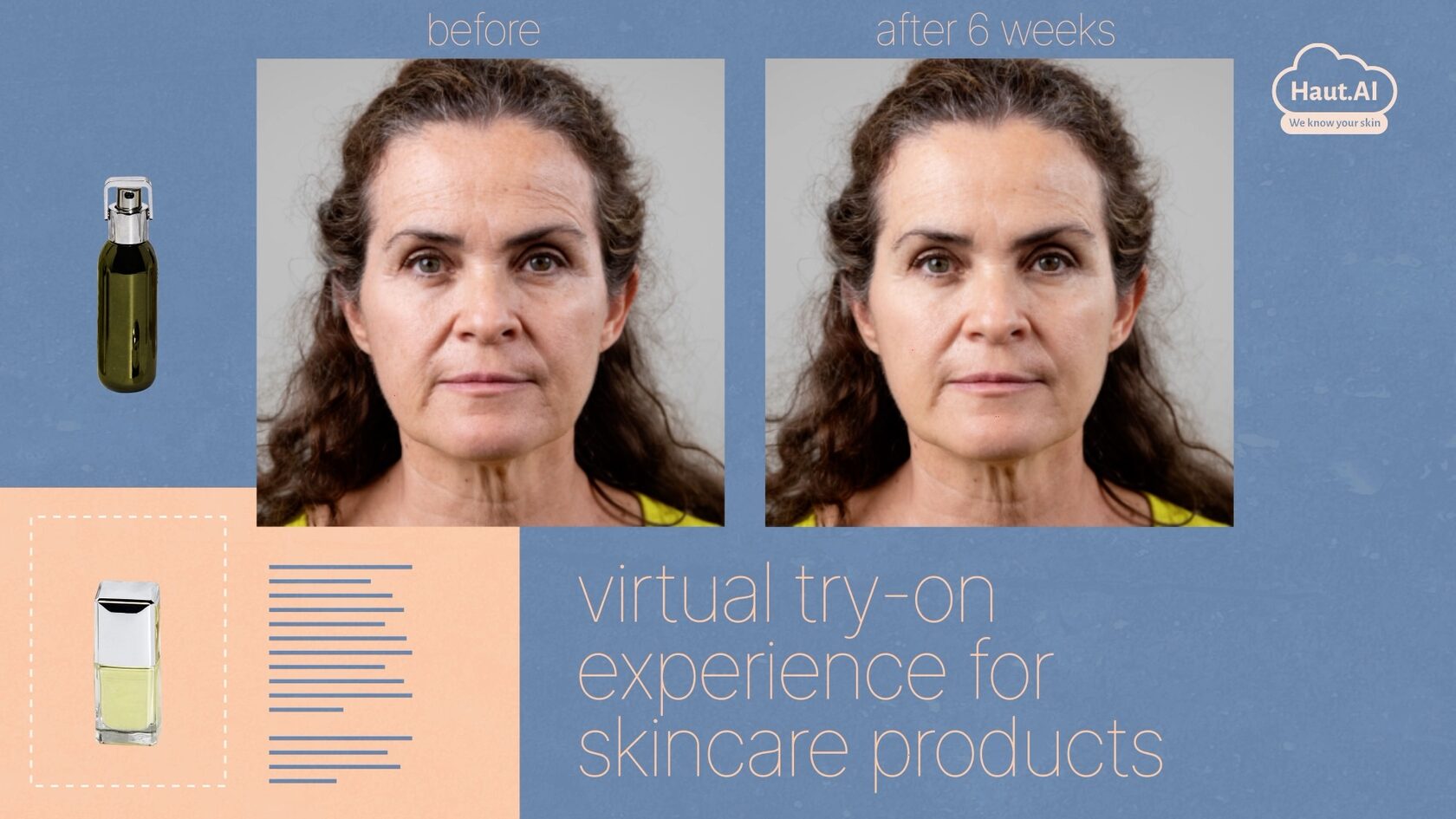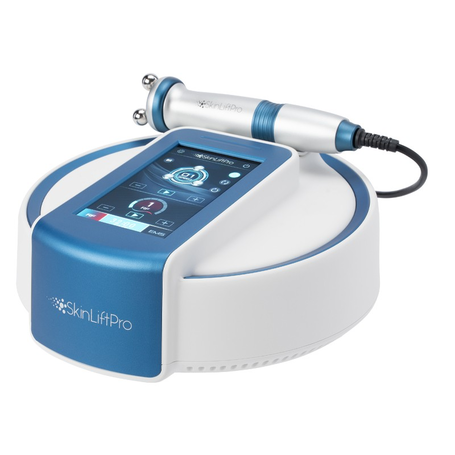The Rise of AI & AR in Aesthetic Medicine
What drives the shift?
The demand for non-invasive, fast-turnaround treatments, combined with digitally-savvy patients, has catalysed a move towards technology-enhanced consultations and therapies. AI excels at analysing large data sets, recognising patterns (e.g., skin texture, pigmentation, volume loss) and predicting responses. AR enables immersive visualisation — allowing patients to “see” outcomes before treatment, enhancing consent, trust and satisfaction.
How AI + AR integrate into the aesthetic workflow
-
Baseline analysis: AI scans high-resolution photos or live video to quantify skin features (wrinkles, pores, red/ brown spots) and compare with normative databases.
-
Simulation & planning: AR overlays show potential outcomes of fillers, lasers, surgical lifts, or non-invasive devices. This visualisation aligns expectations.
-
Device execution & monitoring: Some devices incorporate AI for real-time feedback (e.g., energy delivery precision) and AR may guide placement or track changes over time.
-
Outcome tracking & marketing: Pre-/post digital records, AI-scored improvements, AR visual comparisons support documentation and patient communication.
20 AI-Supported Medical Products for Beauty
Here are 20 real-world devices and platforms that combine AI and/or AR capabilities for aesthetic medicine. These are geared toward clinics, med-spas and advanced practitioners. Please note: always verify regulatory status (CE, FDA, local authority) before purchase or use.
Highlights and commentary:
-
Dr. Dennis Gross DRx SpectraLite FaceWare Pro: A flagship LED mask home/clinic device that integrates multi-colour LED therapy; while not explicitly AI/AR, it aligns with tech-enhanced device trends in aesthetic medicine.
-
Hydra H2 O2 Multi‑Polar 7‑Color LED Mask: Another multi-modal LED therapy mask, showing how home or med-spa devices are becoming smarter and visually driven.
-
HIFU Skin Device (EMS/Vacuum): Demonstrates energy-based device trend; integration of AI for optimal energy delivery and real-time feedback is the next frontier.
-
LaBina PL‑1000 Mobile Pigmentation Device: A mobile pigmentation target device—shows how portability and advanced optics feed into AI-driven modules.
-
AI‑Body‑Contour “Göbek Eritme AI” Device: A body-contouring device marketed with an AI angle—though clinician vigilance is needed re evidence and regulatory compliance.
-
The remaining products span diagnostics (AI skin/hair scanners), simulation platforms (AR virtual-try-on), consulting tools (smart mirrors, XR), enterprise SaaS platforms, and devices (AI-enabled RF, consumable apps).
-
Notably, platforms like Perfect Corp’s Skincare Pro Aesthetic Simulator integrate AI + AR to project treatment outcomes in real time.
-
Consultation systems such as Revieve demonstrate how AI/AR cross from retail beauty into clinical aesthetic diagnostics.
Choosing and Implementing AI/AR Products in Your Aesthetic Practice
Identify your clinic’s goals
-
Patient engagement & education: If you want to enhance consults, consider AR simulation platforms and AI skin diagnostics.
-
Outcome consistency & documentation: AI-analysis tools provide objective scoring; AR imaging allows visual before/after comparisons.
-
Treatment innovation & device differentiation: Introduce AI-enabled or AR-guided devices to stand out in a crowded marketplace.
-
Home-clinic models: Some platforms allow patient monitoring via AI apps and remote AR consultations—expanding care beyond clinic walls.
Practical implementation steps
-
Baseline audit: Assess current workflow — imaging, consents, documentation, patient-education tools.
-
Select product categories aligned with your goals: e.g., imaging + AI diagnostics; AR consult tools; AI-enabled devices.
-
Regulatory check: Ensure CE mark / FDA clearance / local equivalence for the device or software if used for medical/ aesthetic indications.
-
Training & workflow integration: Staff must understand how to use the AI/AR tool, interpret results, integrate into consult and treatment plans.
-
Patient communication: Use the AI/AR outputs to enhance understanding; avoid over-promising outcomes. Visuals aid consent and satisfaction.
-
Data capture & monitoring: Use objective AI scores, digital images, AR comparisons to track outcomes, refine protocols and support marketing.
-
Marketing & positioning: Communicate your usage of “tech-enhanced aesthetic care” to differentiate your clinic. Provide case-studies and real visuals (with consent).
Avoiding common pitfalls
-
Don’t let technology overshadow artistry: AI/AR should augment clinician judgement — not replace it.
-
Be transparent about what AI/AR can and cannot do — patient expectations must be carefully managed.
-
Data security & privacy: These tools often capture high-resolution facial/skin imagery and biometric data — ensure secure storage and compliance (GDPR, HIPAA, etc.).
-
Evidence base: Some marketing claims outpace peer-reviewed data; choose products with credible studies and clear protocols.
-
Workflow burden: Introducing imaging, AI scoring and AR simulation adds steps — clinics must adapt scheduling and staff time accordingly.
The Competitive Edge: Why AI/AR Matter for Clinics
In an increasingly global and competitive aesthetic market — especially in the US and Europe — clinics that integrate AI/AR products can gain several advantages:
-
Enhanced patient satisfaction and uptake: When patients “see” their future results and the process is quantifiable, trust and conversion increase.
-
Higher precision and fewer surprises: Objective diagnostics and simulation reduce variability, set clearer expectations and may reduce revisions.
-
Better documentation & marketing: Digital records, before/after visuals, AI scoring allow clinics to showcase outcomes, track protocols and support growth.
-
Technology-forward positioning: Savvy patients expect tech integration; offering “AI/AR-enhanced aesthetic care” helps attract modern, global clientele.
-
New business models: Remote monitoring, AR consultations, patient apps linked to clinic AI platforms open up hybrid service models (in-clinic + at-home).
Challenges, Ethics & Future Outlook
Key challenges
-
Regulatory complexity: Many AI/AR tools fall into “medical device software” or “device+software” categories and may face high-risk classification (e.g., under EU AI Act or medical-device regulation) which increases compliance burden.
-
Algorithm transparency & bias: AI models trained on limited or non-diverse skin types may under-perform or exhibit bias. Clinics must be aware.
-
Data protection & consent: High-resolution facial/skin scans and biometric databases warrant robust security and explicit patient consent.
-
Over-reliance on tech vs. clinical judgement: The human aesthetic practitioner remains essential; tech is a tool, not a substitute.
-
Cost & ROI: AI/AR platforms and devices often require significant investment, staff training, workflow redesign — ROI must be assessed realistically.
-
Evidence base variability: Many marketing claims exceed rigorous clinical evidence; peer-reviewed data may be limited.
Future possibilities
-
Generative AI & predictive ageing models: AI may soon predict not just current skin status but ageing trajectories and suggest customised interventions accordingly.
-
AR-guided device delivery: Imagine AR overlays guiding filler injection depth in real-time, with AI monitoring outcomes live.
-
Home-clinic integration: Patients may use AI-skin apps at home, feed data to clinic dashboards, get AR-guided maintenance treatments—blurring clinic boundaries.
-
Personalised treatment planning: AI + AR may tailor device parameters (energy, depth, schedule) to individual skin/anatomy rather than standard protocols.
-
Global access & scalability: Using AI/AR consultation platforms, clinics can service remote or international patients, extend brand reach and build global wellness networks.
























GIPHY App Key not set. Please check settings